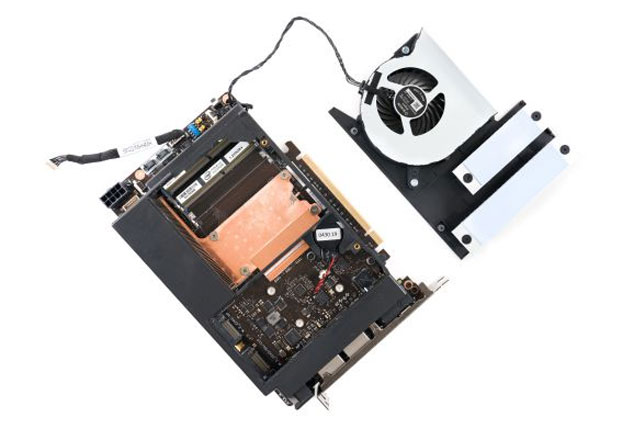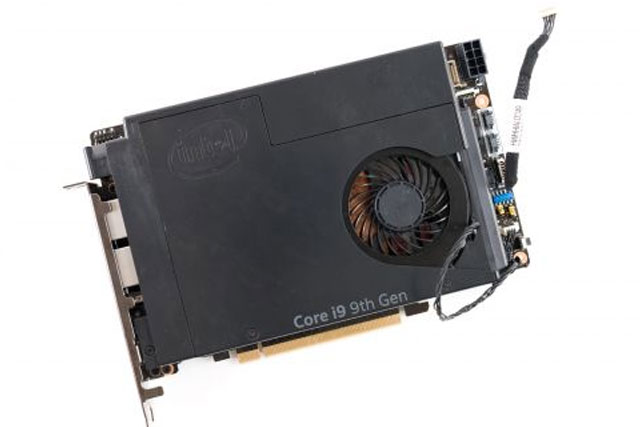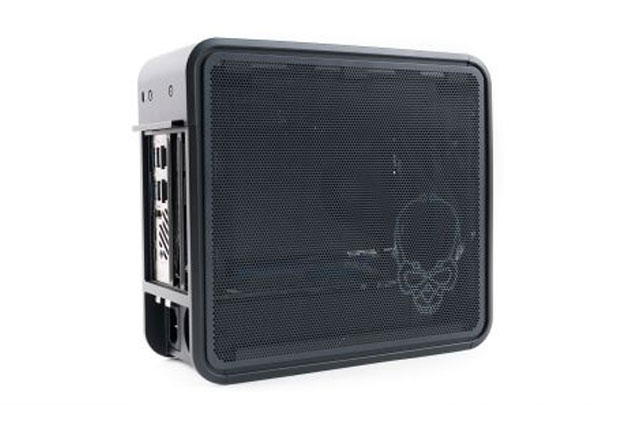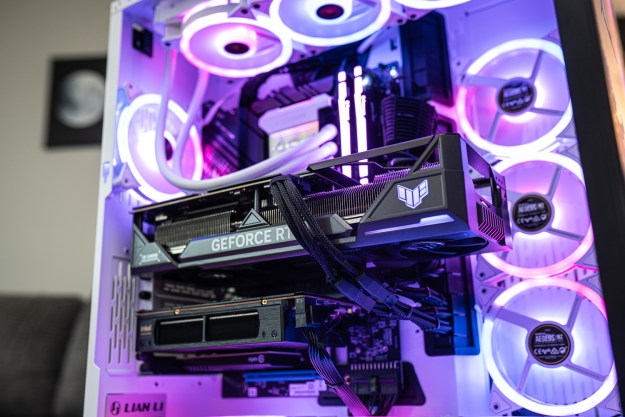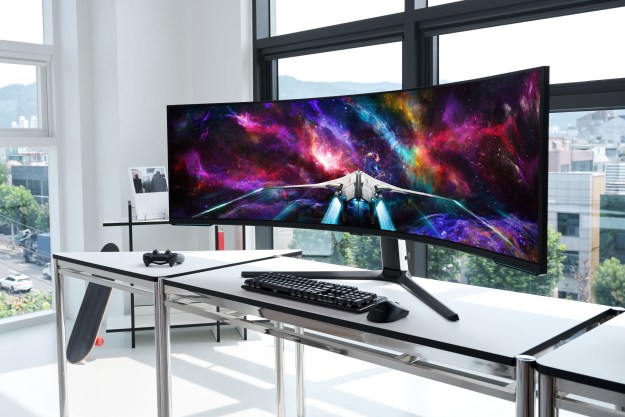Intel’s NUC Compute Element, the PCI Express card that contains a CPU and several major motherboard components, has been spotted in a teardown of Intel’s upcoming NUC 9 Extreme miniature PC. This is the first time we’ve seen the technology actively used in a real product, and could mean that Intel’s “Element” concept is ready for the real world.
The NUC Compute Element, previously known only as Intel’s “Element,” technology, is effectively a CPU mounted to a small PCI Express card that also contains several important motherboard components. The idea behind it is to not only shrink the horizontal footprint of the motherboard it’s connected to, but to allow upgradeability in packages that previously would have been difficult to offer that with.
Intel’s miniature NUC PCs could benefit the most from such technology, and with the NUC 9 Extreme being the first to sport it, Intel may have found a great home for the intriguing design.
There’s potential for a variety of configurations with Intel’s element modules, but in this particular case, Tom’s Hardware reports that it includes two SO-DIMM DDR4 slots for up to 64GB of memory, two M.2 SSD ports, four USB-A 3.1 Gen 2 ports, two Thunderbolt 3 ports, and an HDMI 2.0a port. There’s also a pair of gigabit Ethernet ports, and Wi-Fi 5 and Bluetooth 5 connectivity.
The NUC houses this module in the first of its two PCI Express 3.0 x16 slots, leaving the second open for a dedicated graphics card.
What’s exciting about this isn’t the space-saving element — which doesn’t factor much in here, as the NUC 9 Extreme is one of the largest NUCs Intel has ever made — but the upgradeability. Since the Element uses a standard PCI Express 3.0 connector, it could allow an owner of a NUC or similar device to upgrade their processor and major motherboard components in one go, without replacing the entire device. You could likely move memory and storage components over to the new system too, further cutting back on cost.
Although Intel could make this process simpler by not including storage and memory on the Element module, concerns would then arise over bandwidth, as PCI Express (particularly 3.0) just doesn’t have the kind of headroom to saturate RAM data transfers.
We don’t have any kind of pricing or release date information for the NUC 9 Extreme just yet, but its launch could herald a new niche of computing products for Intel. One that holds the potential for offering upgrades in unique forms in the future.
Editors' Recommendations
- Intel may have the first 16-core laptop CPU
- Intel Core i9-12900KS could push Alder Lake CPUs to new levels
- Intel’s next-generation Comet Lake-S CPUs may need new motherboards

